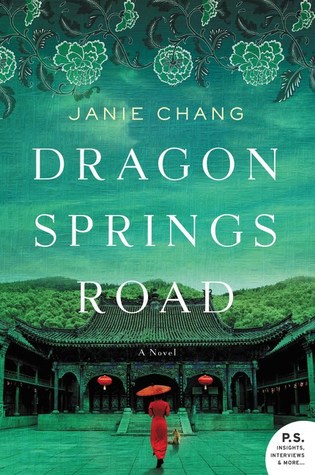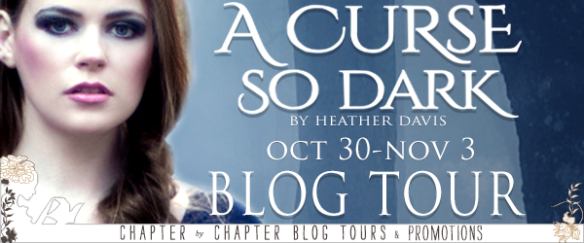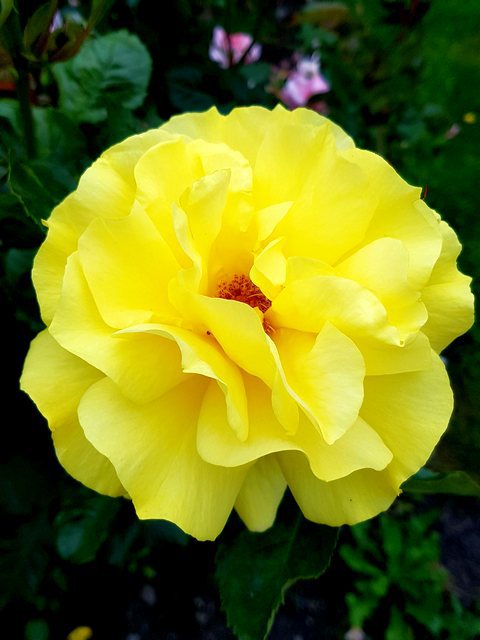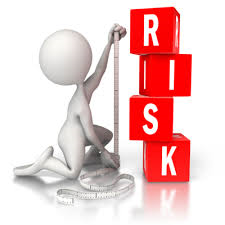Download links for: Flour Water Salt Yeast: The Fundamentals of Artisan Bread and Pizza


Reviews (see all)
Write review
Great read, excited to make bread for my family.
Sticking with Bread Bible for now.
nom nom nom.
Other books by Food & Cookbooks
Related articles












